
Subclass 500
Australian Study Visa
Your Gateway to High-Quality Education and a World of Opportunities
Australia is a land of opportunity, renowned for its stunning natural beauty, friendly people, and world-class education system. Whether you're seeking to broaden your horizons, improve your language skills, or gain new professional qualifications, studying in Australia can be the key to unlocking a wealth of possibilities. But before you can embark on this exciting journey, you'll need to secure an Australian study visa. In this article, we'll explore everything you need to know about the Australian study visa, from the application process to the benefits it can offer.
- Access to world-class education: Australia has a reputation for providing high-quality education with a range of courses and degrees to choose from. Studying in Australia can help you gain skills and knowledge that can enhance your career prospects.
- Opportunity to work while studying: International students on a student visa are allowed to work part-time (up to 40 hours per fortnight) during their studies, which can help them gain valuable work experience and supplement their income.
- Possibility of post-study work: Many international students who complete their studies in Australia are eligible for a post-study work visa, which allows them to work in Australia for up to four years after their studies.
- Exposure to diverse cultures: Studying in Australia provides an opportunity to interact with people from different cultures and backgrounds, which can broaden your perspective and enrich your overall learning experience.
- Health and safety benefits: Australia has a high standard of healthcare and safety, which can provide peace of mind to international students and their families.
- Pathway to permanent residency: For many international students, studying in Australia can be a pathway to permanent residency, as they may be eligible to apply for various skilled migration visas.
Benefits of an Australian study visa
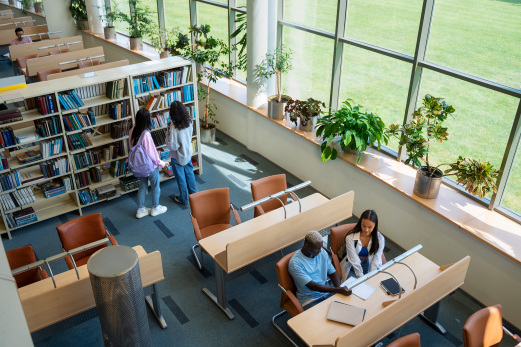
Australian study visa - subclass 500
Students and international students who wish to study full-time at a registered educational institution in Australia can apply for a student visa (subclass 500). Depending on the length of your course of study, this visa allows you to legally study in Australia for up to five years.
Under this visa, students under the age of 18 may study in Australian schools; students over the age of 18 may continue their studies in Australian universities after obtaining a diploma or higher degree. The following sections will examine the conditions and steps for each of these options.
Australia's exceptional education system draws in a multitude of international students annually.
With its renowned universities, pleasant surroundings, and rich cultural experiences, Australia has become a favored destination for pursuing higher education. Nevertheless, the process of obtaining a student visa can seem overwhelming.
In the following article, we will delve into all the essential details regarding studying in Australia and guide you through the process of obtaining a student visa
Australia study visa-
For university students

Australia study visa-
For students under 18 years old
Commencing higher education is a significant milestone, and pursuing it overseas can be an even greater leap, particularly for those who are under 18 years old.
In Australia, the age of maturity is 18, which designates individuals below this age as minors. If you fall under this age category, it is important to note that there are specific considerations to be mindful of when applying for a study visa, and the applicable regulations may differ from those for individuals who are over 18 years old.
To assist with this, we have curated a comprehensive guide for students who are under 18 years old.

Studying in Australian schools
A comprehensive guide to Studying in Australian schools
This article will cover the following topics:
- Different types of schools available in Australia
- The school year schedule in Australia
- The expenses associated with attending international and private schools in Australia
- Requirements for obtaining a study visa for students under 18 years old
- The step-by-step process of applying for an Australian student visa
- The duration of the visa process
- Visa fees
- How our team manages your visa application
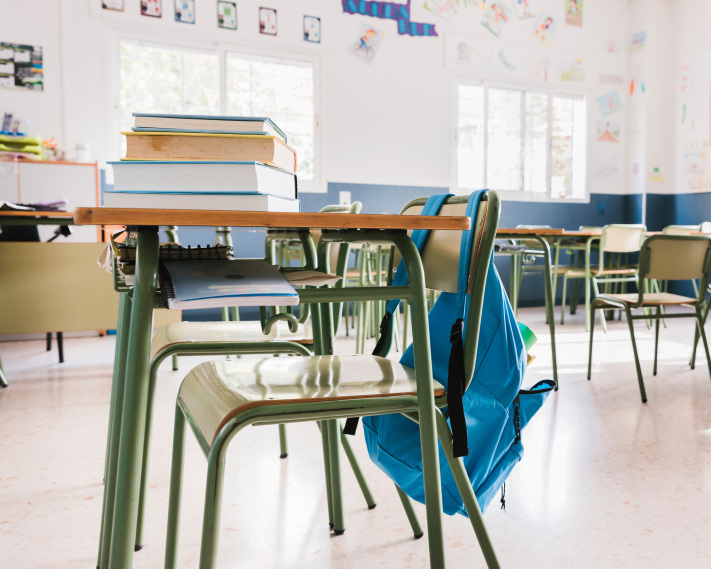
Australia has a variety of schools to offer, catering to different age groups, education levels, and interests. Here are the different types of schools in Australia:
Public schools: Public schools in Australia are government-funded and are available to all Australian citizens and permanent residents. They offer free education and have a curriculum that follows the guidelines set by the Australian government. Public schools are open to all students, regardless of their academic abilities.
Private schools: Private schools in Australia are not government-funded and charge fees. They are run by private organizations or religious groups and offer a wide range of programs, including religious studies and specialist subjects. Private schools have a selective admission process and may have higher academic standards than public schools.
Independent schools: Independent schools in Australia are privately owned and are not affiliated with any religious organizations. They have the freedom to develop their own curriculum and often have a strong focus on specialized subjects such as music, sports, or the arts.
Boarding schools: Boarding schools in Australia offer accommodation and education to students who live away from home. They provide full-time accommodation, meals, and support services to students. Boarding schools can be either public or private and cater to both boys and girls.
International schools: International schools in Australia are designed for students who are not Australian citizens or permanent residents. They offer education in English and may follow an international curriculum, such as the International Baccalaureate (IB) program. International schools often have a diverse student body and provide cultural enrichment programs.
School times and holidays in Australia can vary depending on the state or territory and the school's academic calendar. Here is an overview of the school times and holidays in Australia:
School times: In general, Australian schools operate from Monday to Friday, with classes starting at around 9:00 am and finishing at around 3:30 pm. However, school start and finish times can vary depending on the state or territory and the school's policies.
School terms: The school year in Australia is divided into four terms, with each term lasting for approximately 10 weeks. The first term usually starts in late January or early February, and the last term finishes in mid-December. However, the exact dates can vary depending on the state or territory.
School holidays: School holidays in Australia are usually scheduled between each term and can vary depending on the state or territory. The main school holidays are:
Summer holidays: This usually lasts for around six weeks and falls between mid-December and late January.
Autumn holidays: This usually lasts for around two weeks and falls between late March and early April.
Winter holidays: This usually lasts for around two weeks and falls between late June and mid-July.
Spring holidays: This usually lasts for around two weeks and falls between late September and early October.
The school fees for overseas students with Subclass 500 student visas in Australia can vary depending on the type of school and the education level. Here is an overview of the school fees for overseas students with Subclass 500 student visas in Australia:
Primary school fees: The annual tuition fees for primary schools in Australia can range from AUD 7,800 to AUD 30,000, depending on the state or territory and the type of school.
High school fees: The annual tuition fees for high schools in Australia can range from AUD 10,000 to AUD 35,000, depending on the state or territory and the type of school.
Private school fees: Private schools in Australia charge higher tuition fees than public schools. The annual tuition fees for private schools in Australia can range from AUD 20,000 to AUD 60,000, depending on the state or territory and the type of school.
Boarding school fees: Boarding schools in Australia provide accommodation and meals to students, and as such, their fees can be higher than those of day schools. The annual tuition fees for boarding schools in Australia can range from AUD 35,000 to AUD 90,000, depending on the state or territory and the type of school.
International school fees: in Australia can range from around $10,000 to $50,000 or more per year, depending on the school and level of education. Boarding schools and private schools tend to be more expensive than government schools, with fees sometimes exceeding $70,000 per year.
Student visa applicant conditions
Who is eligible for an Australian student visa?
welfare arrangements
To grant a student visa, the Department of Home Affairs in Australia requires assurance that you will have sufficient access to welfare and accommodation during your stay in the country and that these arrangements will be in place until you turn 18 years old. There are three primary ways to meet these requirements:
1. Having a legal guardian or companion who will accompany you during your stay, such as a parent.
2. Staying with a relative who is over 21 years old and living in Australia.
3. Residing in a hostel that has been approved by the Australian government for students who are under 18 years old.
English language
For this visa category, the minimum language proficiency level that is acceptable is equivalent to IELTS 6.
If international students are under 17 years old and are enrolled in an approved course of study lasting at least six months at an Australian school, they may not need to furnish evidence of their English language proficiency. However, it is advisable to seek guidance from an immigration attorney as each school has its own policies regarding language requirements.
Age
To apply for this visa, you must be at least 6 years old.
In addition, you must meet the following age requirements:
-You must be under 17 years old when you commence Year 9.
-You must be under 18 years old when you commence Year 10.
-You must be under 19 years old when you commence Year 11.
Y-ou must be under 20 years old when you commence Year 12.

Enough Money
It is necessary to provide a certificate of financial capability from the legal guardian to demonstrate their ability to cover all the expenses associated with the student's education.
Be Enrolled
It is crucial to provide proof of enrollment in your course of study along with your student visa application; otherwise, your application will not be considered valid, and it will not be processed.
Health Insurance
You must be covered by Overseas Student Health Cover (OSHC)
Student Visa Application Process-School
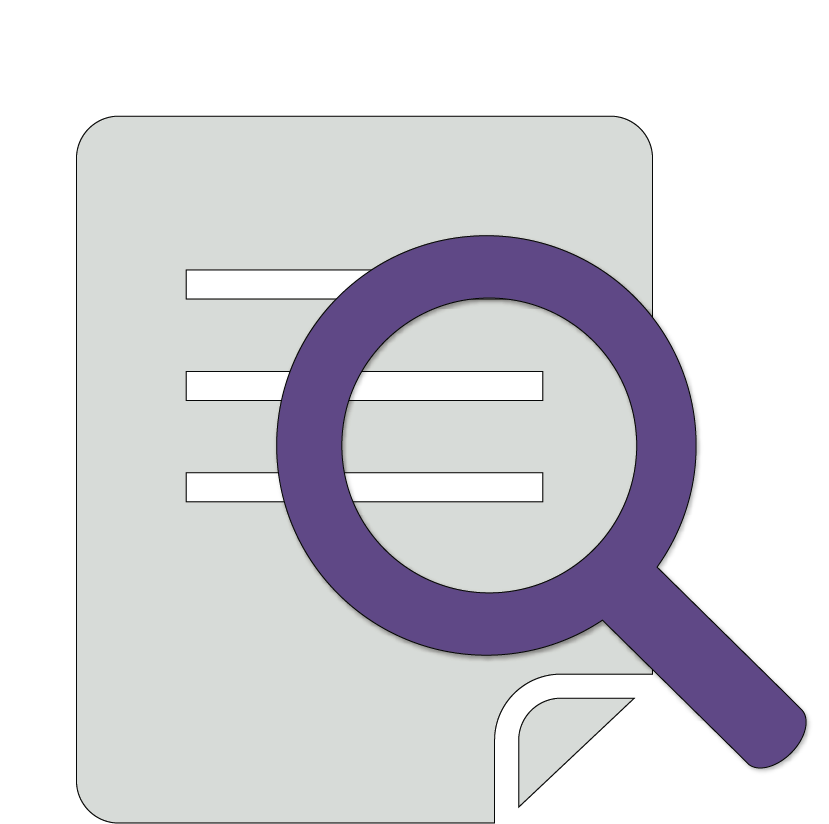
Step 1
Seek Professional Assistance
Get professional advice on your eligibility to study in Australia Read more for free advice.
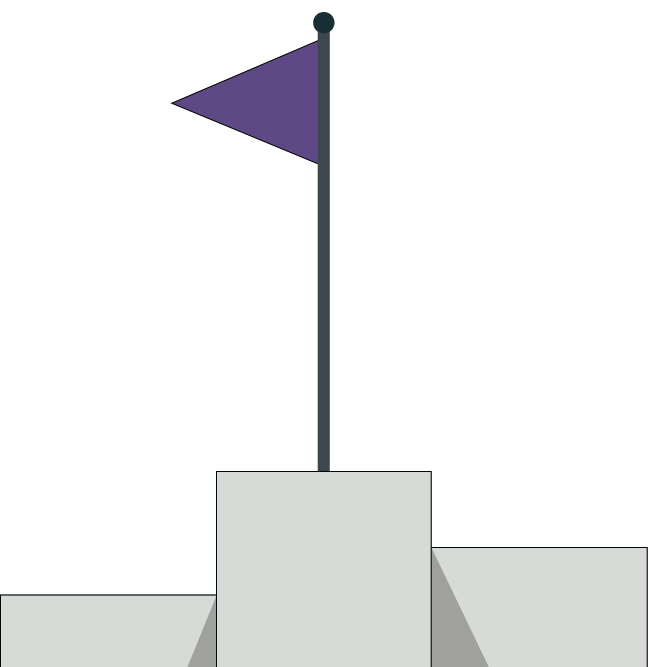
Step 2
Choosing the city and state
Choosing the city and state according to your desired degree and field is an important step in continuing your education in Australia. Please refer to the following information for a city selection guide.
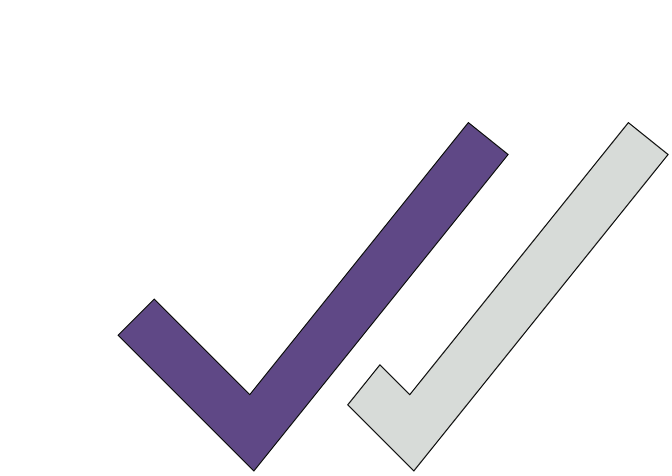
Step 3
Paying tuition and choosing a school
It is important that you choose a legal school that has been approved by Australia and register through your lawyer. You can see the list of schools approved by Australia in the Read More

Step 4
Paying for insurance and registering for a visa
At this stage, you should prepare the payment of the OSHC insurance policy and apply for a visa through your lawyer after preparing and completing the requested documents.

Step 5
Respond to any RFI requests by the Immigration
When the Department of Home Affairs assesses your visa application, A biometric test letter will be sent to you and they may send you a number of RFIs (Requests for Further Information) to ask for more information for verification.

Step 6
Visa Grant Subclass 500
You and your family migrate to Australia after receiving your visa approval
Student Visa Processing times
Visa issuance is dependent on many factors, so the exact time of Australian visa issuance cannot be predicted, but according to Immigration Department statistics:
75%
Australian Student visa Applications
Processed within 6 Months
90 %
Australian Student visa Applications
Processed within 9 Months
There are three main costs associated with this visa
Australian Student Visa
Costs
Australian Immigration Fees
Main applicant AUD$ 650
+18 Dependent AUD$ 485
-18 Dependent AUD$ 180
2022-23

After Millennium Migration reviews your information, we will first register you at the institution of your choice, which is chosen by our team.
Your visa application will then be sent to the Australian government after receiving the confirmation code and registering in a legal institution in Australia.
You will undergo biometric and medical tests after the Australian government reviews your application, and finally, after confirming the documents and performing the tests, you will receive your visa.
If you would like to learn more about the procedures for obtaining a student visa (Subclass 500), send your request for a free consultation through the link below.
